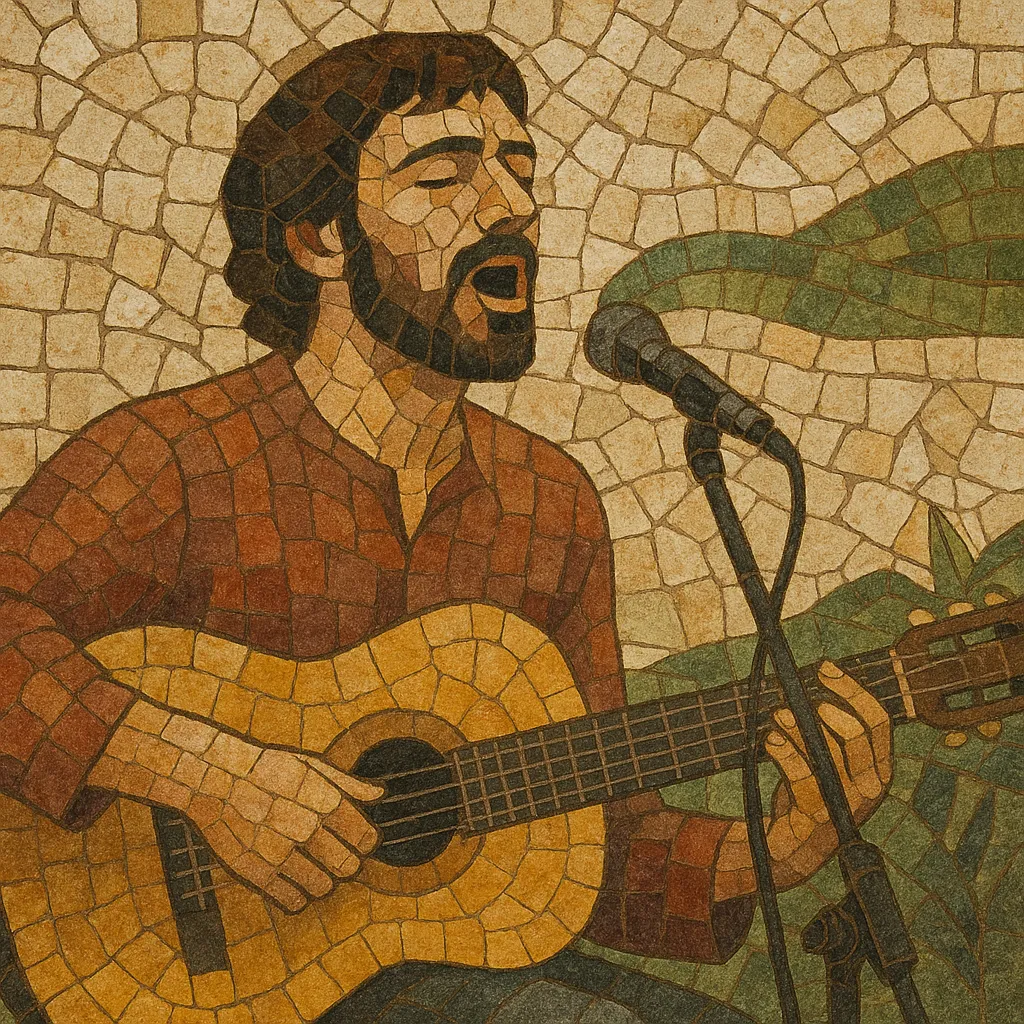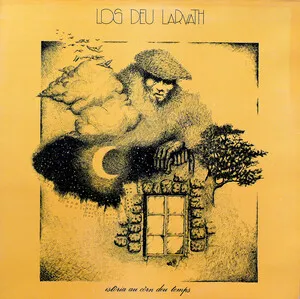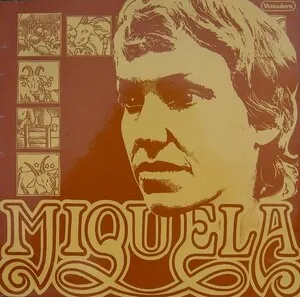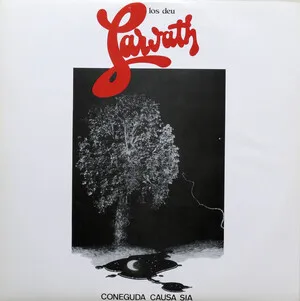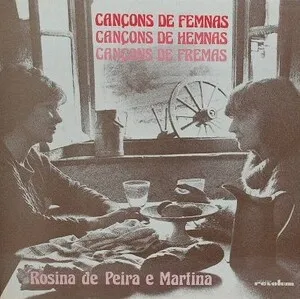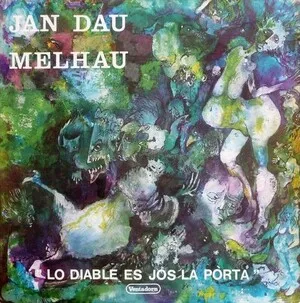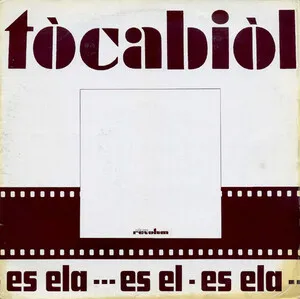Nòva cançon is the Occitan-language “new song” movement that rose in southern France in the 1960s. It brought the singer‑songwriter ethos and protest song aesthetics to Occitan, foregrounding cultural identity, linguistic rights, and social issues.
Musically, it blends the intimacy of French chanson with folk revival textures: voice-forward delivery, acoustic guitar accompaniment, and occasional traditional instruments from Occitania. Melodies often sit in modal spaces (Dorian, Mixolydian), with simple, memorable refrains that invite audience participation.
Lyrically, it is direct and poetic, using regional varieties of Occitan (Languedocian, Gascon, Provençal, Limousin, etc.) to narrate everyday life, rural realities, historical memory, and political aspirations. Its tone ranges from reflective and nostalgic to anthemic and rallying, forming a bridge between tradition and contemporary social expression.
Nòva cançon emerged amid the postwar folk revival and the rise of regional cultural movements in France. Inspired by French chanson’s literary songwriting and by Catalonia’s Nova Cançó and Latin America’s Nueva Canción, Occitan artists began crafting contemporary songs in their own language. Early protagonists framed music as a vehicle for cultural affirmation, aligning with Occitanist activism and broader 1960s social ferment.
During the 1970s the movement crystallized through independent records, grassroots festivals, and cultural associations. The aesthetic balanced intimate, guitar‑led chanson with Occitan folk colors, and the lyrics mixed personal storytelling with pointed social critique. Artists toured village halls, universities, and cultural centers, building a dedicated audience across Languedoc, Gascony, Provence, Auvergne, and beyond.
As the scene matured, some acts incorporated rock backlines, polyphony, and dance rhythms from the regional repertoire. Others stayed close to spare voice‑and‑guitar formats. A younger generation drew lessons from Nòva cançon’s language‑first ethos while exploring reggae, hip hop, and world‑folk fusions, extending Occitan song into new urban and festival circuits.
Nòva cançon helped normalize Occitan as a contemporary song language and seeded a durable ecosystem of artists, labels, and events. Its repertoire is taught, reinterpreted, and referenced by newer projects, keeping its dual commitment—artful songwriting and cultural advocacy—alive in present‑day Occitan music.

